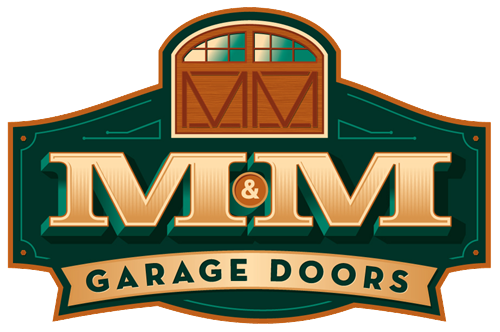This is an unfortunate situation, and can be very frustrating for homeowners, not to mention dangerous. Having a garage door with properly-operating springs is important to the structural integrity, efficiency and safety of your home. Your door should go up and down when you want it to, with no issues. When the spring breaks, the whole door is called into question.
So what do you do when you discover your garage door spring has broken?
First, let’s start with what you should not do. Don’t lift the door manually OR with the opener. If you lift it by hand, you can risk injury to yourself or damage the door. If you attempt to use the opener, you can burn it out. While you may take pride in doing things yourself when things need fixing, repairing broken springs is definitely not a DIY project.
Not only are special tools and techniques called for, if you were to use the wrong spring size or didn’t install it correctly, you could damage the door and related components.
So, in the event you suspect a spring has broken, step back, put your tools away and call your trusted garage door repair technician.
Basic Kinds of Garage Door Springs
Extension springs and torsion springs are the two most common.
- Extension springs are located on the door’s sides, attaching to the track via pulleys and cables to the bottom bracket. They are what power the cable and pulley system to lift the door.
- Torsion springs are located above the garage door opening, mounted on a spring bar/torsion tube with drums at either end. Cables are attached to the bottom bracket, winding around the drums when opening and closing actions occur.
How Do I Know My Garage Door Spring Broke?
You’ll usually know when your spring breaks. The most common signs include:
- Loud, screeching noise
- Popping or banging noise like a firecracker
- Disconnected door cables
- Gap in torsion spring
- Bend at the top of the door
- Improper door operation (opens only halfway or not at all) or fast-falling door
In regards to that last point, when a door opens halfway and won’t progress further, this is a safety feature that kicks in when the spring breaks. And if you happened to hear a loud popping noise, this was likely the sound of the spring unwinding.
Reasons for Broken Garage Door Springs
You may be baffled as to why your spring broke. Maybe it’s not even that old. Most likely, it has to do with age, but the top reasons are:
- Rust
- Regular Wear and Tear
- Poor Maintenance
Able to break at any time, garage door springs are even more brittle in winter, making them more susceptible than in warm weather. The most vulnerable periods are times of extreme temperature change. That’s because metal tends to contract with low temps, leading to ideal conditions for breakage.
Should I Replace My Springs More Often?
After a spring breakage, your first thought may be: what could I have done differently? Should I have changed them more frequently? Well, not really. Unless they are really old and are giving you signs of impending trouble, most people just have to replace them when they break.
If you think a spring has broken but do nothing, you are putting undue stress on your door that will damage it further and pose a safety risk to all who come near the door. Wondering how long each spring should last? Here are some factors that contribute to its lifespan:
- Quality of the springs
- Frequency of door use
- Climate: long, cold winters up the risk of failure
- Level of maintenance you dedicate to your springs
Contact M&M Garage Doors
Suspect your garage door springs are compromised in some way, or have broken outright? Don’t hesitate to contact us at (586) 610-5434.





